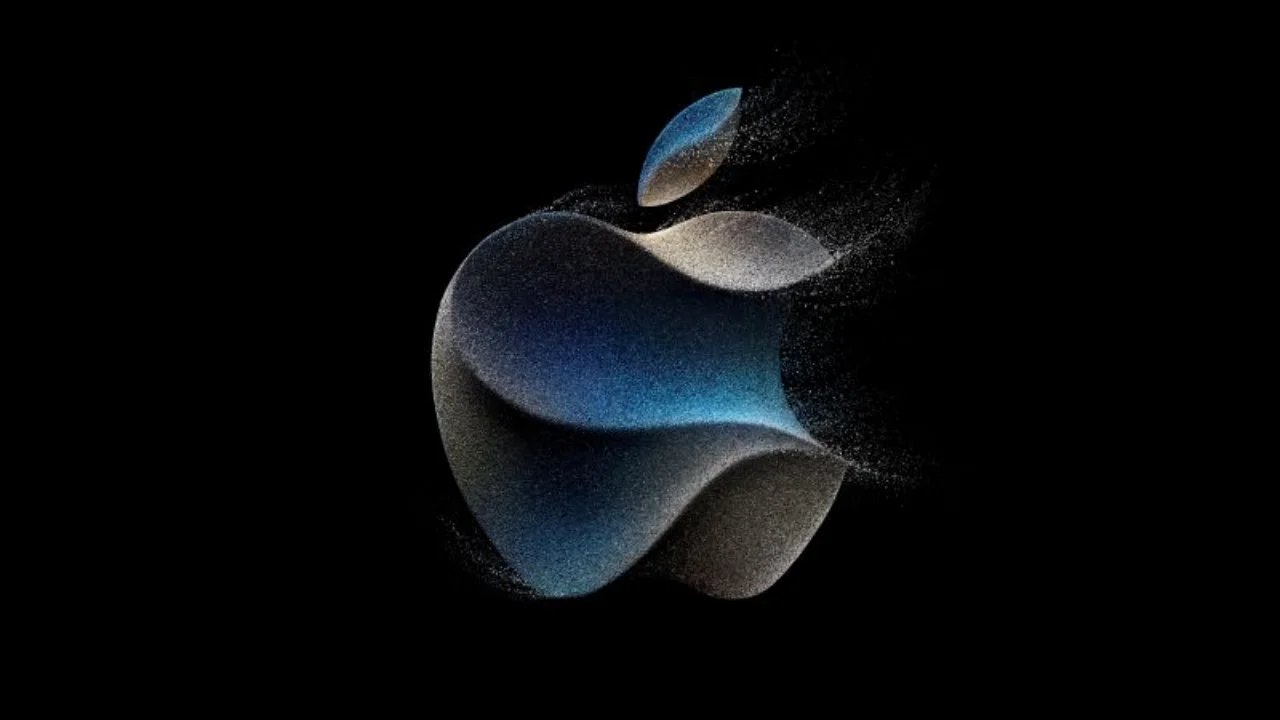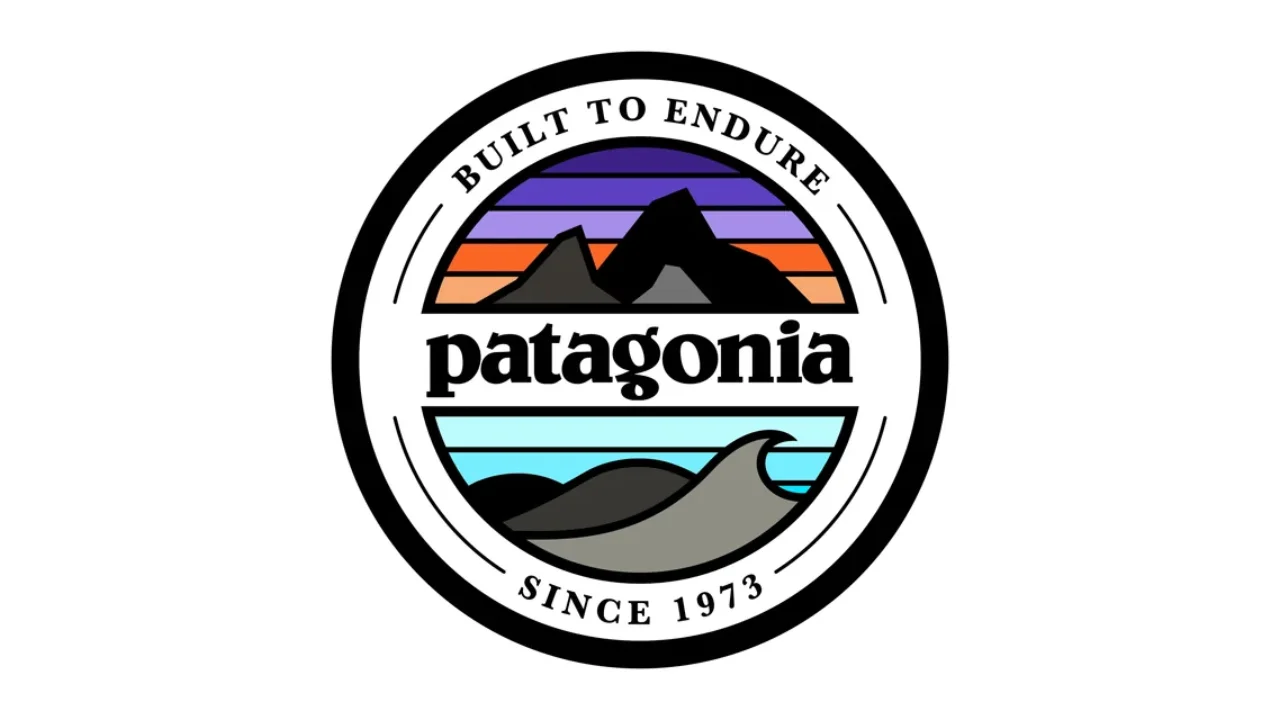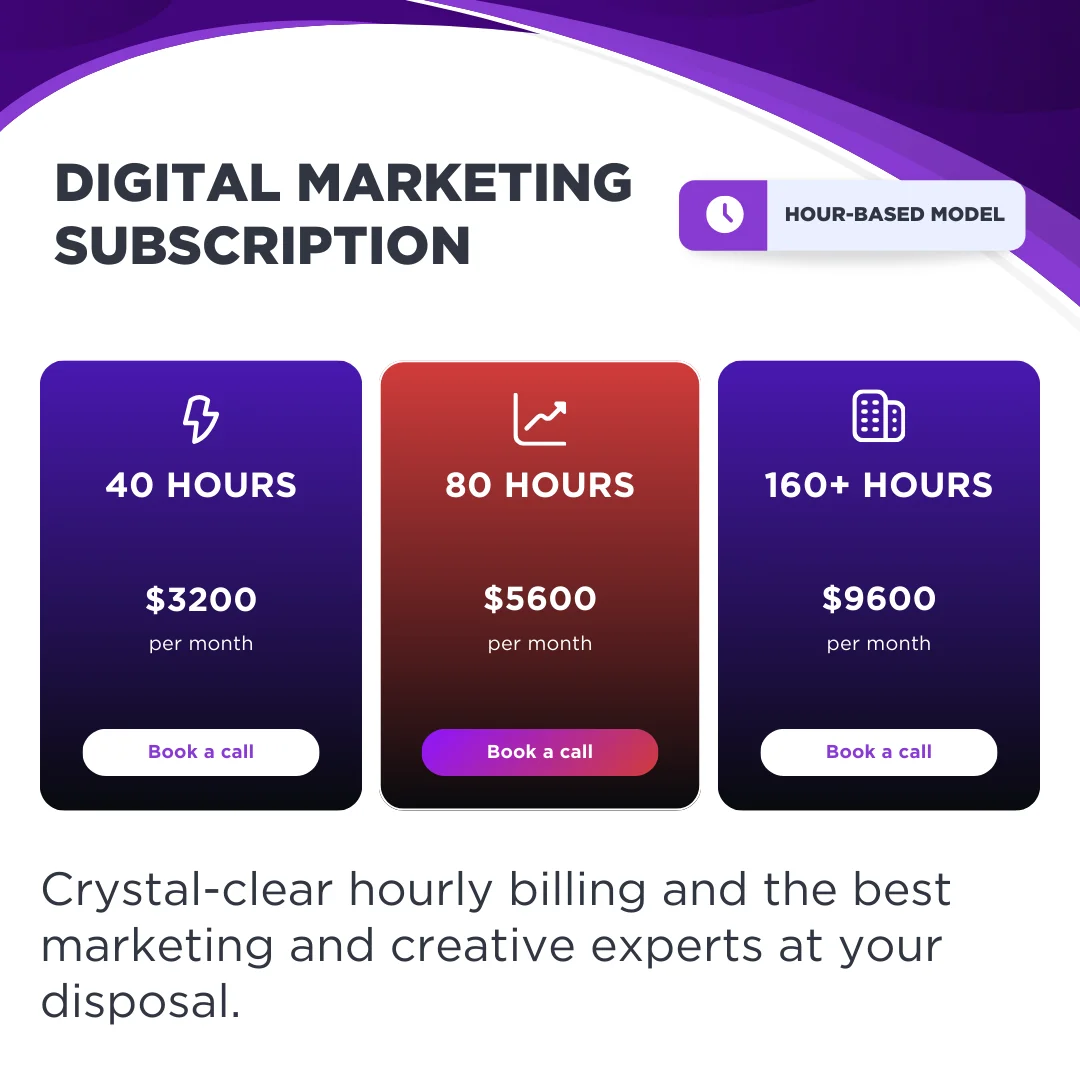Your logo is much more than just a visual mark. It represents the heart and soul of your business, serving as the face of your brand. A well-crafted logo helps you stand out, fosters trust, and ensures that customers remember your business. Crafting a memorable logo that resonates with your target audience is essential in creating a strong brand identity that sticks.
In this post, we’ll dive deep into the significance of logo design and explore how a thoughtfully crafted logo can enhance your brand identity.
Why Logo Design is Essential for Brand Identity
A logo is often the first point of contact between a brand and its customers. It is the most recognizable element of your brand and the first thing people think of when they hear your company name.
Key Benefits of a Strong Logo:
- Instant Recognition: A strong logo makes your brand instantly recognizable. Whether on a business card, website, or billboard, a unique logo sets you apart from competitors.
- Emotional Connection: A memorable logo can evoke an emotional response, helping customers feel more connected to your brand. Companies like Apple (with its sleek, simple logo) and Patagonia (with its environmentally conscious logo) use logos that resonate with their core values and customer base.
Explore how other elements of your brand identity come together in Building a Strong Brand Identity – The Cornerstone of Business Success.




Characteristics of a Memorable Logo
Designing a memorable logo requires balancing aesthetics with function. A good logo doesn’t just look nice – it effectively communicates the essence of the brand. Here are some key characteristics of a successful logo:
1. Simplicity
Simple logos are often the most impactful. Think of Patagonia or Nike. Their logos are clean and straightforward, but instantly recognizable and reflective of the company’s values. Simplicity makes a logo versatile and easy to remember.
2. Relevance
Your logo should be relevant to your industry and audience. A tech company might choose a modern, minimalist design, while a creative agency might opt for something more artistic and expressive. Patagonia, for example, uses a logo that communicates its connection to nature and the outdoors.
3. Scalability
A great logo looks good at any size – whether it’s on a business card or a billboard. The design should be clear and readable no matter how large or small it is.
Read more on how visual elements contribute to your overall brand identity in Crafting Comprehensive Brand Guidelines – Your Blueprint for Success.
The Psychology of Colors in Logo Design
The colors you choose for your logo are crucial because they evoke specific emotions and associations. Here’s a breakdown of what certain colors can convey:
1. Red
Red is associated with passion, energy, and excitement. It’s often used by brands that want to evoke strong emotions, like Under Armour, which focuses on athletic performance and motivation.
2. Blue
Blue conveys trust, calm, and professionalism. It’s often used by corporate brands, like IBM, to communicate reliability and stability.
3. Green
Green is connected to nature, health, and growth. Brands like Patagonia use green to signify their environmental values.
4. Black
Black represents luxury, sophistication, and elegance. Many high-end brands, like Chanel, use black in their logos to emphasize exclusivity and refinement.
Understand how color can influence brand perception and customer behavior in How Copywriting Enhances Your Brand Identity.
Popular Logo Colors and Their Meanings
Red
Represents passion, energy, and excitement. Used by brands like **Under Armour**.
Blue
Conveys trust, calm, and professionalism. Commonly seen in corporate brands like **IBM**.
Purple
Purple is a blend of red and blue, and is viewed to have confidence and warmth. Used by brands like **Roku**.
Green
Associated with nature, health, and growth. Used by brands like **Whole Foods**.
Black
Represents luxury, sophistication, and elegance. Seen in brands like **Chanel**.
Yellow
Symbolizes optimism, happiness, and warmth. Used by brands like **Caterpillar**.
How to Design a Memorable Logo
Designing a great logo requires strategy, creativity, and attention to detail. Here are the key steps to follow when crafting a memorable logo:
1. Research Your Audience and Competitors
Before starting the design process, it’s important to understand who your audience is and what appeals to them. Research your competitors to identify how their logos communicate their brand and think about how you can stand out.
2. Brainstorm Logo Concepts
Consider different shapes, symbols, and typography. Your logo should tell a story about your brand, so brainstorm various ideas that reflect your core values. Sketch out several options before deciding on a final direction.
3. Choose the Right Colors and Fonts
As mentioned in the previous chapter, colors and typography play a crucial role in the effectiveness of your logo. Choose colors that align with your brand’s personality and fonts that are easy to read and reflect your brand’s tone.
Delve into how Market Research Shapes a Successful Brand Strategy and informs the creation of logos that resonate with your target audience.
Steps to Create a Memorable Logo
Examples of Iconic Logo Redesigns
Over time, many brands have updated or refined their logos to better reflect their evolving identity or to modernize their appearance. Let’s take a look at a few examples:
1. Google
Google’s recent redesign modernized its logo with a simpler, sans-serif typeface, making it more versatile across digital platforms. The change allowed the brand to stay recognizable while also adapting to modern design trends.
2. Whole Foods
Whole Foods has refined its logo to emphasize sustainability and natural living. Their green color palette reinforces their brand’s association with organic food and environmental consciousness.

3. MasterCard
MasterCard underwent a significant logo redesign in 2016, opting for a more minimalist look that retained the iconic red and yellow circles but removed the text within the design. The updated logo reflects a modern, digital-first approach, making it versatile across both print and digital platforms.

Conclusion
Your logo is the visual representation of your brand’s identity. A well-designed logo is simple, relevant, and scalable, effectively conveying the essence of your brand to your audience. By carefully considering the psychology of colors, audience preferences, and your brand’s core values, you can create a memorable logo that strengthens your brand identity and leaves a lasting impression.
Looking to enhance your overall brand identity? Discover more in Crafting Comprehensive Brand Guidelines – Your Blueprint for Success.
Your logo is more than just an image—it’s the face of your brand. Learn how strategic logo design can leave a lasting impression and elevate your brand identity.




